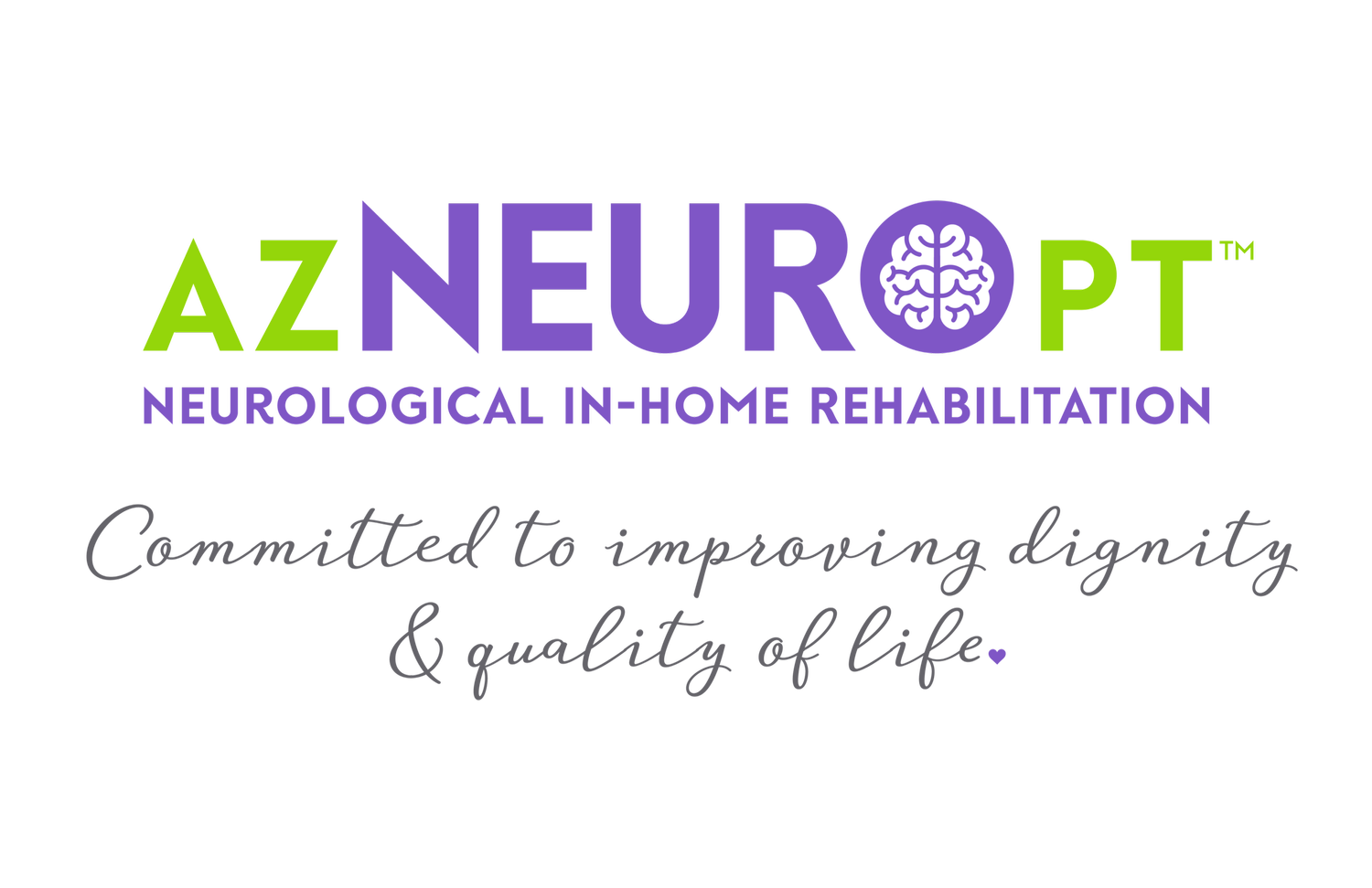Better Balance means Better Life!
Let's talk balance. I deal with balance on a daily basis, whether it be teaching my patients balance, working on my own balance, or helping my kids learn to balance. Balance is an important part of life and independence. It’s the body’s ability to maintain equilibrium and keep the body upright. Many studies show the link to core stability, balance, and independence. Better balance also leads to an overall decreased fear of falling and increased confidence.
The body has three different systems that work together to maintain a person’s balance. Balance training should include components of each of these systems.
- The Vestibular System refers to the organs of the inner ear. It is composed of the utricle, saccule and semicircular canals. These organs help in identifying vertical, linear, and rotational movements. When one is off, a person can experience symptoms of vertigo, or a spinning dizziness.
- The Visual System refers to the eyes. It’s how we see and perceive the world, which helps a person figure out their orientation in space compared to other objects.
- The Sensory System includes not only the sense of touch, but the ability feel movements. The body has sensory receptors in the skin, joints and muscles, which detect the sensation of pressure or stretch, allowing the body to respond accordingly. When a person reaches forward, and moves their body onto their toes, the toes pick up the stretch and pressure, and help the person identify how far she can safely lean without falling.
Balance training should be included in any regular exercise program, but is especially important in the geriatric and neuro populations. Proper balance training can decrease fall risk, increase independence, and improve quality of life. Balance can be improved in anyone, at any time, with appropriate training. Part of balance training includes putting the body in uncomfortable positions to feel a loss of balance to learn boundaries and recovery techniques. Balance training should be done in safe, open locations, with supervision and assist as needed. As with any exercise program, please consult a medical professional prior to starting a balance program.
Many things can lead to balance impairments, such as any injury to the nerves or neuro system (brain or spinal cord), sensory loss from diabetes or injury, orthopedic injuries to joints, general aging, inactivity or weakness. Indications of impaired balance may include stumbling frequently, a general sense of feeling “off”, using furniture or people for support, a fear of falling, or actual falls.
neuroPT can help you or your loved ones start and develop a personalized balance program. Please contact me for details at patricia@azneuropt.com
References
- http://vestibular.org/understanding-vestibular-disorder/human-balance-system
- Gbiri, C.A., Shittu, A. (2014). Effects of a six-weeks balance training on balance performance and functional independence in hemiparetic stroke survivors. Indian Journal of Physiotherapy&Occupational Therapy, 8(4). 123-127.
- Halvarsson, A., Dohrn, I., Stahle, A. (2015). Taking balance training for older adults one step further: the rationale for and a description of a proven balance training programme. Clinical Rehabilitation, 29(5). 417-425.
- Kahle, N., Tevald, M.A. (2014). Core muscle strengthening’s improvement of balance performance in community-dwelling older adults: A pilot study. Journal of Aging and Physical Activity, 22. 65-73.
